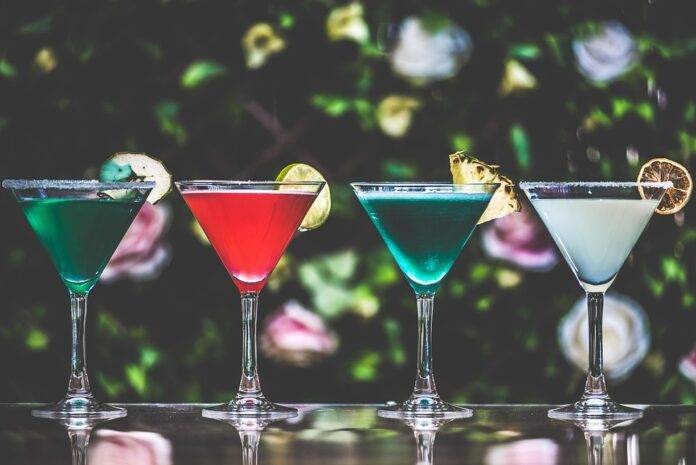Introduction
Ready-to-drink (RTD) cocktails have seen a surge in popularity in recent years, driven by convenience, taste, and innovation. One of the key factors influencing the development of RTD cocktails is the global flavor trends that shape consumer preferences. In this report, we will explore how these flavor trends are impacting the RTD cocktail industry, leading to new product development, partnerships, and market growth.
Global Flavor Trends
1. Fruit Flavors
Fruit flavors have always been a staple in the cocktail industry, and they continue to play a significant role in RTD cocktail development. Consumers are increasingly drawn to refreshing and tropical fruit flavors like mango, pineapple, and passion fruit. Companies such as Bacardi and Smirnoff have capitalized on this trend by introducing RTD cocktails with fruit-infused flavors, catering to consumers looking for a sweet and tangy experience.
2. Herbal and Botanical Flavors
Herbal and botanical flavors have gained traction in the beverage industry, with ingredients like lavender, rosemary, and mint being used to create unique and sophisticated flavor profiles. RTD cocktail brands like F!VE Drinks Co. and Cutwater Spirits have incorporated herbal and botanical flavors into their products to appeal to consumers seeking a more refined drinking experience.
3. Spicy Flavors
Spicy flavors have also made their way into the RTD cocktail market, adding a kick to traditional cocktail recipes. Ingredients like jalapeno, ginger, and chili pepper are being used to create bold and adventurous flavor combinations. Companies like Crafthouse Cocktails and Tip Top Proper Cocktails have embraced this trend, offering RTD cocktails with a spicy twist for consumers looking for a fiery drinking experience.
Impact on RTD Cocktail Development
The global flavor trends outlined above have had a significant impact on the development of RTD cocktails. Companies are constantly innovating and experimenting with new flavor combinations to stay ahead of the competition and meet consumer demand. By incorporating popular flavors into their products, RTD cocktail brands can attract a wider audience and differentiate themselves in a crowded market.
1. Product Innovation
The influence of global flavor trends can be seen in the wide range of RTD cocktail products available on the market. From fruity spritzers to spicy margaritas, companies are continuously launching new and innovative flavors to cater to diverse consumer preferences. Product innovation is key to staying relevant in the RTD cocktail industry and capturing the attention of consumers who are always on the lookout for the next big flavor trend.
2. Partnerships and Collaborations
To leverage global flavor trends effectively, RTD cocktail brands often form partnerships and collaborations with other companies in the food and beverage industry. By teaming up with flavor experts, mixologists, and influencers, brands can create unique and exciting flavor combinations that resonate with consumers. Collaborations also help brands reach new markets and expand their customer base through cross-promotion and co-branded products.
Financial Data and Industry Insights
The RTD cocktail market is projected to reach a value of $25.7 billion by 2026, with a compound annual growth rate (CAGR) of 12.2% from 2021 to 2026. This growth can be attributed to the increasing demand for convenient and ready-to-drink alcoholic beverages, as well as the influence of global flavor trends on product development. Companies like Diageo, Pernod Ricard, and Brown-Forman Corporation are among the key players in the RTD cocktail market, driving innovation and shaping consumer preferences with their diverse product offerings.
Key Takeaways
– Global flavor trends play a crucial role in shaping RTD cocktail development, driving product innovation and consumer engagement.
– Fruit, herbal, botanical, and spicy flavors are among the popular trends influencing the RTD cocktail market, leading to a diverse range of flavor options for consumers.
– Companies in the RTD cocktail industry are leveraging partnerships, collaborations, and unique flavor combinations to stay competitive and capture market share.
– The market for RTD cocktails is expected to continue growing, fueled by consumer demand for convenient and flavorful alcoholic beverages.
In conclusion, global flavor trends are a driving force behind the evolution of the RTD cocktail industry, influencing product development, partnerships, and market growth. By staying attuned to these trends and adapting their strategies accordingly, RTD cocktail brands can position themselves for success in a competitive and dynamic market landscape.




